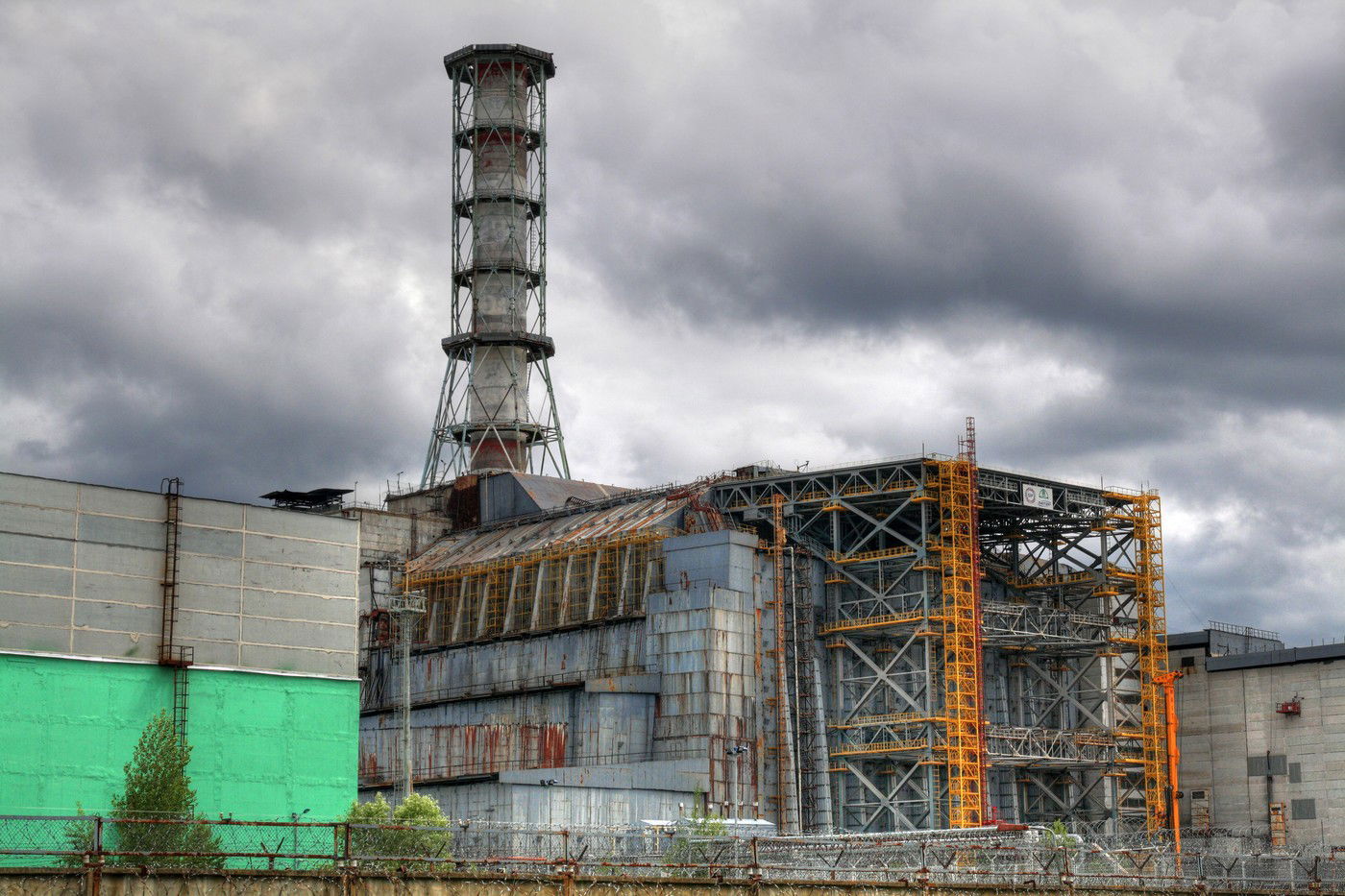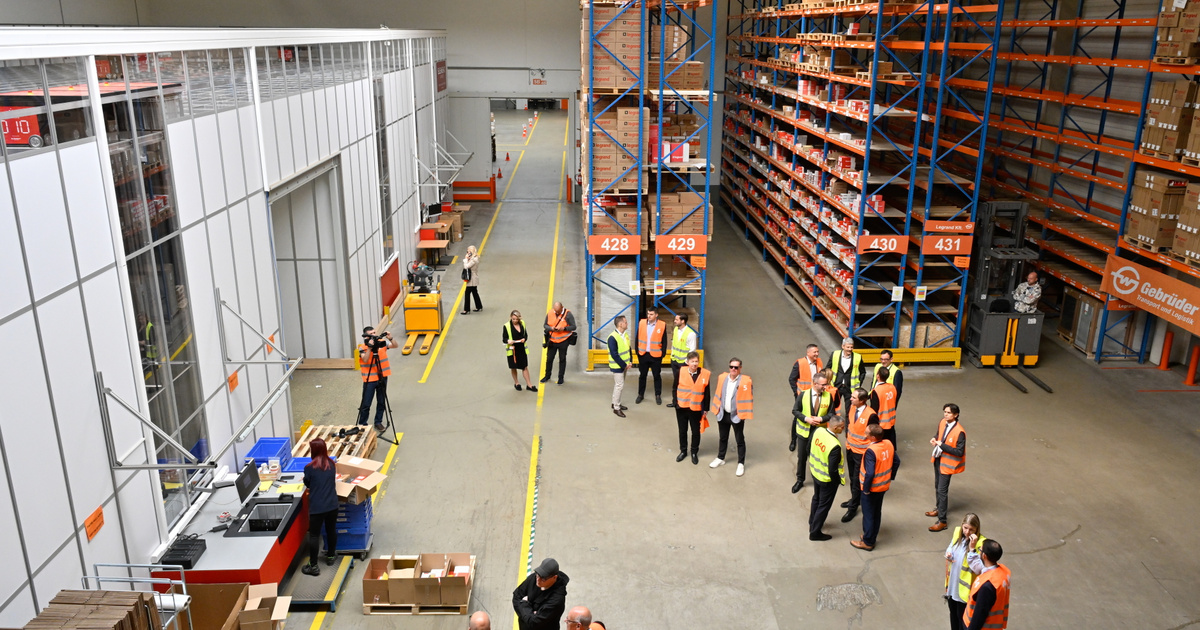In an article on Monday, the central bank governor wrote that the spatial structure must change to catch up with Hungary, because Budapest is “small for the world and too big for us”.
György Matolcsy writes that with the politics that has been centered around Budapest for the past 150 years, it is no longer possible for Hungary to catch up economically with Western Europe or the successful nations of East Asia and the Middle East. Moreover, without changing the spatial direction, the country cannot keep pace with the economic development of the region, mainly due to the insurmountable internal constraints in Budapest and decade decades, the Hungarian capital has shrunk globally, while remaining very large locally, György Matulci said. According to the head of the Central Bank, economic development must therefore be carried out in a different spatial structure.
It may be useful to focus on the development of the large border cities that were strengthened after 1920, the construction of the Carpathian Unified Economic Square of the Carpathian Basin, the accelerated development of the Hungarian central cities, the consolidation and connection of the cities around Budapest, the construction of a “circle”. Transportation infrastructure.
Happy Giorgi Matulsi.
The head of the Central Bank also drew attention to the fact that today the most dynamic medium and small-sized companies are also developing in the space outside the capital. The rise of the second central city, Debrecen, and the emergence of dynamic middle cities—Gyor, Kiskemet, Gudulu, Vizprem, Siksfervar, Nyregyhaza, and Zalagherzeg—already indicate that decentralized city networks lead to success, Georgi emphasized, then Mattol added:
Meanwhile, Budapest is also indicating that it can no longer serve as an economic catch-up engine.
The capital has not been able to create an innovative and attractive startup ecosystem, has not moved towards quality tourism, nor has it become a European health city, with the exception of a few universities in the capital (Semmelweis, ELTE, University of Technology) has not become a European knowledge center; And it was not able to replenish its real estate portfolio worth European capital, the central banker wrote.
In addition, the capital is an attractive cultural center, so it is worth developing all that is cultural. Its tourist attraction is strong, so it is also worth developing good tourism.
It is a center for higher education and high schools, so strengthening its universities and high schools can be a springboard to catch up. It could even be part of a European regional health center and even build a smart city
– Formulated in his article György Matolcsy.
We are the only ones to have added parentheses that Matulci had previously seen the key to economic growth in capital development. In 2013, even when he was Minister of National Economy, he wrote: Budapest can be a world center and the development of Budapest’s 2.5 million economic zone could hamper the development of the entire large region.
(via MTI, Hungarian nation)











































